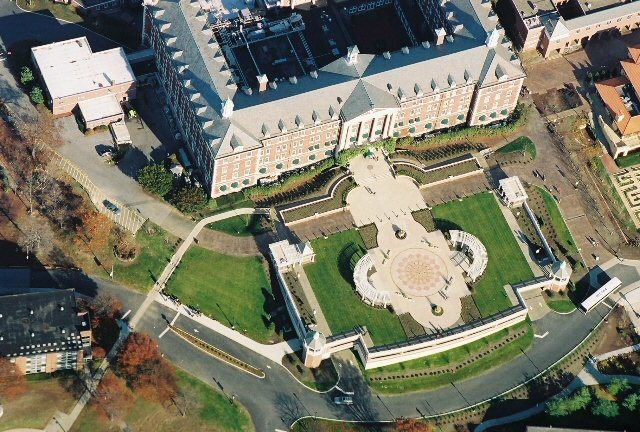Introduction
If one were to ask what institution of higher learning was co-founded by an attorney and aimed at training returning World War II veterans, the popular guess probably would not be the Culinary Institute of America. Nonetheless, that is indeed the back story of the acclaimed academy.
In 1946, Connecticut attorney Frances Roth teamed up with Katherine Angell, the wife of the then-president of Yale University, to establish a school that they hoped to make “the culinary center of the nation.” The New Haven Restaurant Institute opened in May of that year in New Haven, Connecticut, the only school of its kind in the United States, with 50 students and a staff composed only of a chef, a baker and a dietitian.
A year later, the school changed its name to the Restaurant Institute of Connecticut, and by 1950, it counted 600 veterans from 38 states among its graduates. The current appellation became the school’s official name in 1951, reflecting its increasing growth in both enrollment and student diversity. The institute continued to grow, and in 1970, five years after Roth’s retirement as president, the institute purchased the property that would become its new campus in Hyde Park, New York.
The school was granted a charter to confer an Associate of Occupational Studies degree by the Board of Regents of the State of New York in 1971, making it the first culinary college with such authorization. In 1972, the new campus officially opened, and the following year, the school unveiled its first on-campus restaurant, then called the Epicurean Room and Rabalais Grill.
CIA gained another distinction in 1980, when it became the only school permitted to administer the American Culinary Federation exam for Master Chefs. The CIA continued to expand and blaze trails throughout the next two decades, adding new restaurants, buildings, and a baking and pastry school. In 1995, the academy established a branch campus in California’s Napa Valley.
More restaurants and centers popped up as the school’s expansion showed no signs of slowing down, and in 2008, a branch campus opened in San Antonio, Texas. The school hit a speed bump that year, as more than two-thirds of the members of its teachers’ union approved a vote of no-confidence against the president, Tim Ryan, complaining about the equipment and academic standards at the main campus. But, the issue didn’t seem to slow expansion, as the school founded its first international branch campus in Singapore in 2010 in partnership with the Singapore Institute of Technology.
The main campus remains at the Hyde Park location, and continues to live up to Roth’s dream of a premier culinary academy.

